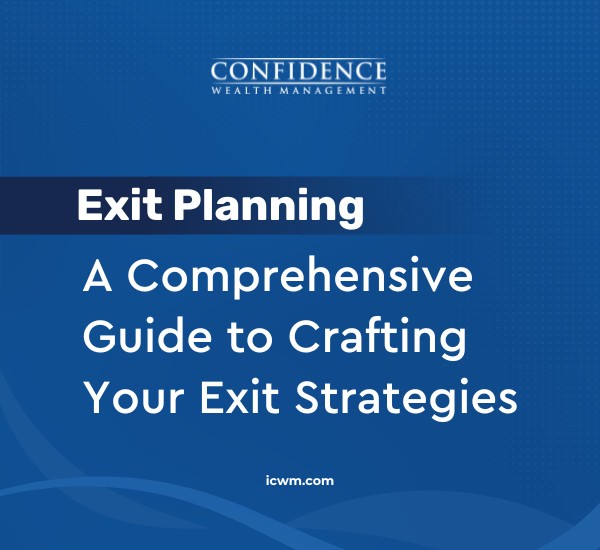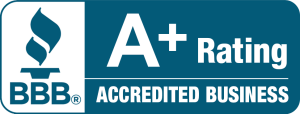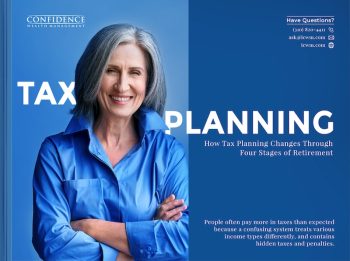This December, Congress passed the Securing a Strong Retirement Act, or SECURE Act 2.0, which includes some big changes in its sweeping 1,650 pages.
Since we know no one wants to read 1,650 pages of Congressional writing, we’ve done the work for you and will broadly explain here how it changes the way Americans save for and are taxed in retirement.
The following is a summary of some of the most notable initiatives. All provisions take effect in 2024 unless
otherwise noted.
We hope this information helps you get ahead of the changes and plan for a dream retirement.
Later Age for Required Minimum Distributions (RMDs)
The 2019 SECURE Act raised the age at which retirement savers must take distributions from their traditional IRAs and most work-based retirement savings plans to 72 years old.
The new SECURE Act 2.0 raises that age again to 73 beginning in 2023 and 75 in 2033.
Reduction in the RMD Excise Tax
Current law requires those who fail to take their full RMD by the deadline to pay a tax of 50% of the amount not taken.
That means if you don’t pull out your required minimum by age 72, you pay a hefty tax.
The new law reduces that tax amount to 25% in 2023. The tax is further reduced to 10% if the account holders take the full required amount and report the tax by the end of the second year after it was due and before the IRS demands payment.
No RMDs from Roth 401(k) Accounts
The legislation eliminates the requirement for savers to take minimum distributions from their work-based plan Roth accounts, bringing Roth 401(k)s and similar employer plans in line with Roth IRAs.
Higher Limits and Looser Restrictions on Qualified Charitable Distributions from IRAs
The amount currently eligible for a qualified charitable distribution from an IRA ($100,000) will be indexed for inflation.
In addition, beginning in 2023, investors will be able to make a one-time charitable distribution of up to $50,000 from an IRA to a charitable remainder annuity trust, charitable remainder unitrust, or charitable gift annuity.
Bear in mind that not all charitable organizations can use all possible gifts. It’s prudent to check first. The type of organization you select can also affect the tax benefits you receive.
Higher Catch-Up Contributions
The IRA catch-up contribution limit will be indexed annually for inflation, similar to work-sponsored catch-up contributions.
Also, starting in 2025, people age 60 to 63 will be able to contribute an additional minimum of $10,000 for 401(k) and similar plans (and at least $5,000 extra for SIMPLE plans) each year to their work-based retirement plans.
Moreover, beginning in 2024, all catch-up contributions for those making more than $145,000 will be after-tax
(Roth contributions).
Roth-Matching Contributions
The new law permits employer matches to be made to Roth accounts.
Currently, employer matches must go into an employee’s pre-tax account, so this is a big beneficial change. This provision takes effect immediately but may take some time for employers to amend their plans to include this feature.
Automatic Enrollment and Automatic Saving Increases
Beginning in 2025, the Act requires most new work-sponsored plans to automatically enroll employees with contribution levels between 3% and 10% of income.
It automatically increases their savings rates by 1% a year until they reach at least 10% (but not more than 15%) of income.
Workers will be able to opt-out of the programs.
Emergency Savings Accounts
The legislation includes measures that permit employers to automatically enroll non-highly compensated workers into emergency savings accounts to set aside up to $2,500 (or a lower amount that an employer stipulates) in a Roth-type account.
Savings above this limit and any employer-matching contributions would go into the traditional retirement account.
Matching Contributions for Qualified Student Loan Repayments
Employers may help workers repaying qualified student loans simultaneously save for retirement by investing matching contributions in a retirement account in the employee’s name.
529 Rollovers to Roth IRAs
People will be able to directly roll over up to a total of $35,000 from 529 plan accounts to Roth IRAs for the same beneficiary, provided the 529 accounts have been held for at least 15 years.
Annually, the rollover amounts would be subject to Roth IRA contribution limits.
As with other investments, there are generally fees and expenses associated with participation in a 529 savings plan.
There is also the risk that the investments may lose money or not perform well enough to cover college costs as anticipated. Investment earnings accumulate on a tax-deferred basis, and withdrawals are tax-free as long as they are used for qualified education expenses.
For withdrawals not used for qualified education expenses, earnings may be subject to taxation as ordinary income and possibly a 10% tax penalty. The tax implications of a 529 savings plan should be discussed with your legal and/or tax professionals because they can vary significantly from state to state.
Also be aware that most states offer their own 529 plans, which may provide advantages and benefits exclusively for their residents and taxpayers. These other state benefits may include financial aid, scholarship funds, and protection from creditors.
Before investing in a 529 savings plan, please consider the investment objectives, risks, charges, and expenses carefully. The official disclosure statements and applicable prospectuses – which contain this and other information about the investment options, underlying investments, and investment companies – can be obtained by contacting your financial professional.
You should read these materials carefully before investing.
New Exceptions to the 10% Early-Withdrawal Penalty
Distributions from retirement savings accounts are generally subject to ordinary income tax. Moreover, distributions before age 59½ also may be subject to an early-withdrawal penalty of 10%, unless an exception applies.
The law provides for several new exceptions to the early-withdrawal penalty, including an emergency personal expense, terminal illness, domestic abuse, to pay long-term care insurance premiums, and to recover from a federally declared disaster.
Amounts, rules, and effective dates differ for each circumstance.
Saver’s Match
Low- and moderate-income savers currently benefit from a tax credit of up to $1,000 ($2,000 for married couples filing jointly) for saving in a retirement account.
Beginning in 2027, the credit is re-designated as a match that will generally be contributed directly into an individual’s retirement account.
In addition, the match is allowed even if taxpayers have no income tax obligation.
More Part-Time Employees Can Participate in Retirement Plans
The SECURE Act of 2019 required employers to allow workers who clocked at least 500 hours for three consecutive years to participate in a retirement savings plan.
Beginning in 2025, the new law reduces the second component of that service requirement to just two years.
Rules for Lifetime Income Products in Retirement Plans
The Act directs the IRS to ease rules surrounding the offering of lifetime income products within retirement plans.
Moreover, the amount that plan participants can use to purchase qualified longevity annuity contracts will increase to $200,000.
The current law caps that amount at 25% of the value of the retirement accounts or $145,000, whichever is less.
These provisions take effect in 2023.
Qualified annuities are typically purchased with pre-tax money, so withdrawals are fully taxable as ordinary income.
Withdrawals before age 59½ may be subject to a 10% penalty tax.
Retirement Savings Lost and Found
The Act directs the Treasury to establish a searchable database for lost 401(k) plan accounts within two years after the date of the legislation’s enactment.
Military Spouses
Small businesses that provide immediate enrollment and vesting to military spouses in an eligible retirement savings plan will qualify for new tax credits.
This provision takes effect immediately.
Conclusion
These provisions represent just a sampling of the many changes that will be brought about by SECURE 2.0.
In the weeks ahead, we will provide additional details and an in-depth analysis of the legislation’s key provisions and how they will impact you.
As experienced financial professionals, we help clients like you figure out the best investment plan for their situation, so that they can put their money to work gracefully with peace of mind.
Please connect with us and let us help you plan for your dream future. We would be delighted to go on the journey with you.










